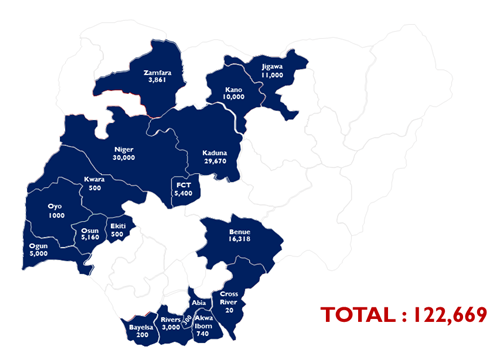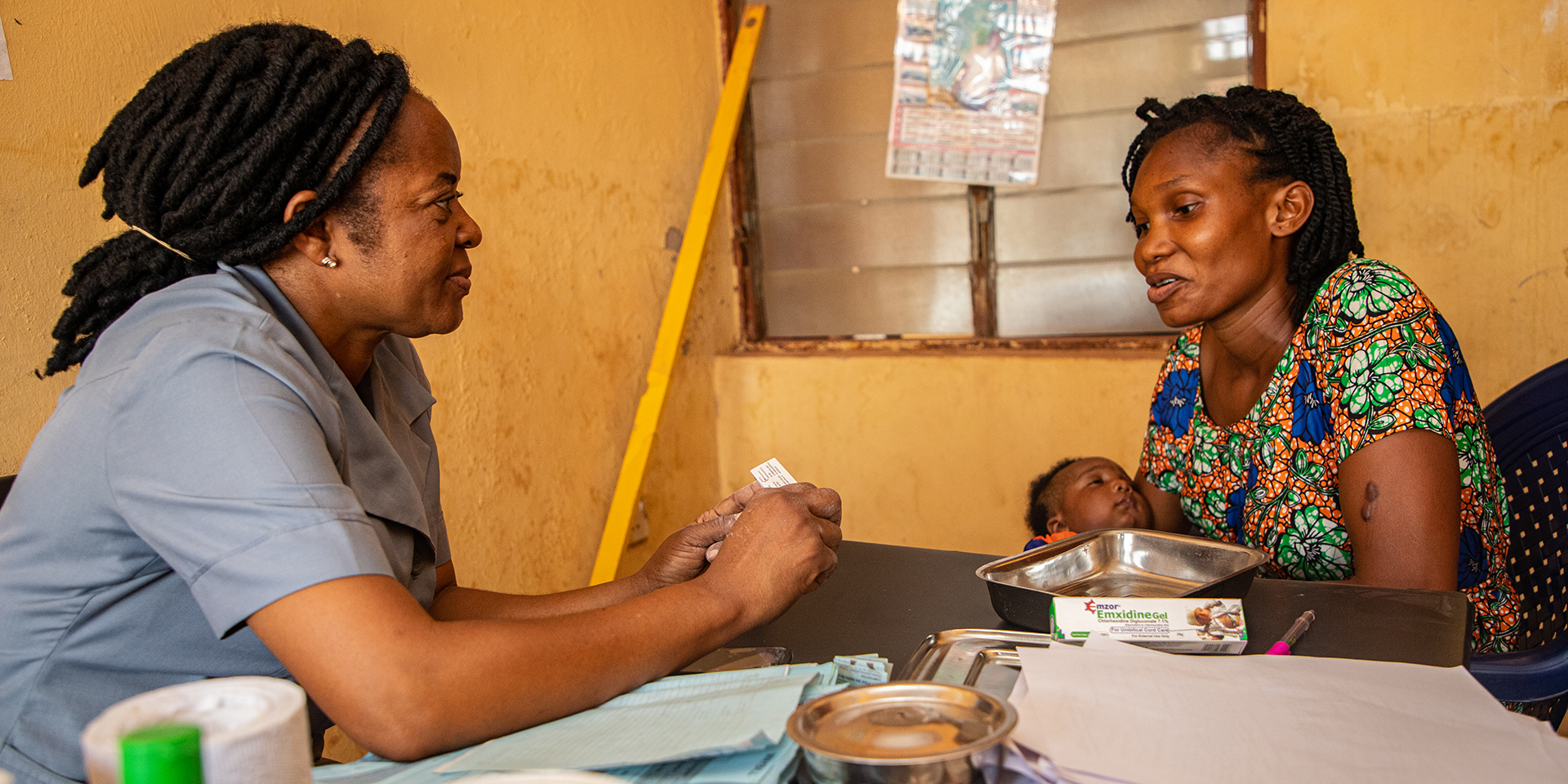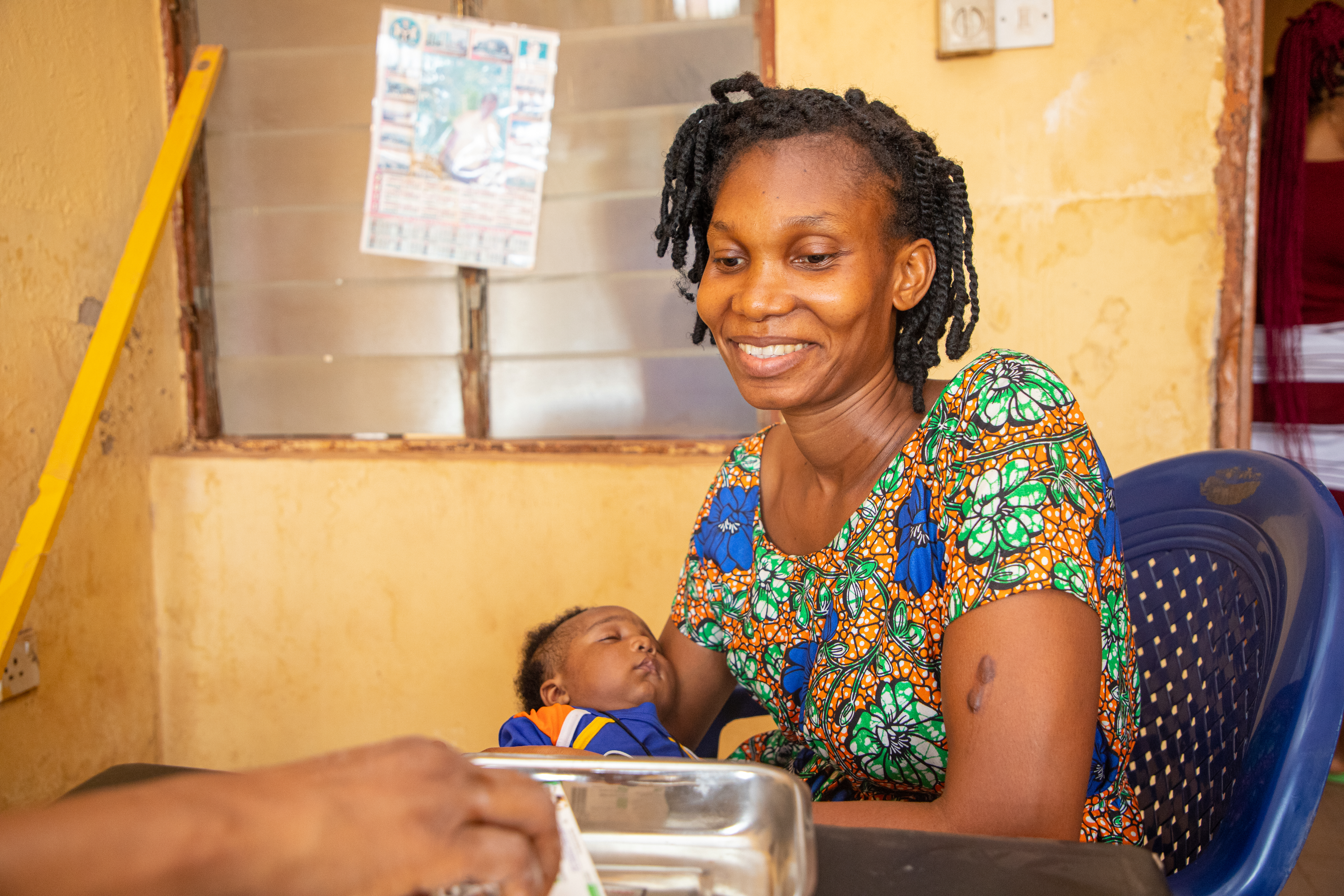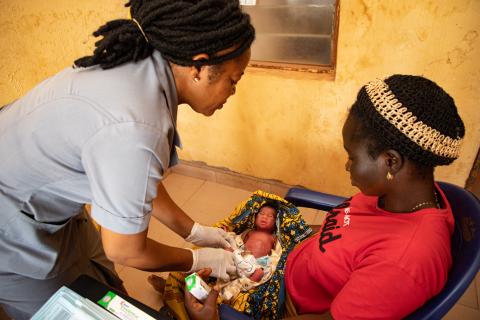Ginika benefitted from the redistribution as she received CHX for her fourth child, Raymond, who is now two months old and has no infection to his umbilical cord. "I am glad I used CHX on my son's cord. The cord healed and dried quickly, and there was no pus. It was my first time using CHX, and I have no regrets. I recommend that all mothers use it for their newborn children to prevent infections," Ginika enthused.

USAID redistributed 122,049 CHX tubes to 16 states and the Federal Capital Territory
Similarly, Aliyah Ahmed, the Reproductive Health Coordinator for Jigawa State, stated, "Jigawa had not had CHX for several years, and the delivery of CHX tubes came when we most needed it. We applaud USAID for this effort, which will fill an unmet need and reduce cord sepsis in Jigawa State." The CHX redistribution is projected to protect over 122,000 newborns from sepsis and save over $73,000 that would have been lost due to expiries. USAID continues to support the Government of Nigeria to improve access to maternal, newborn and child health commodities by strengthening the State's capacity in health commodity logistics management, financing, sourcing, procurement, inventory management and warehousing.


